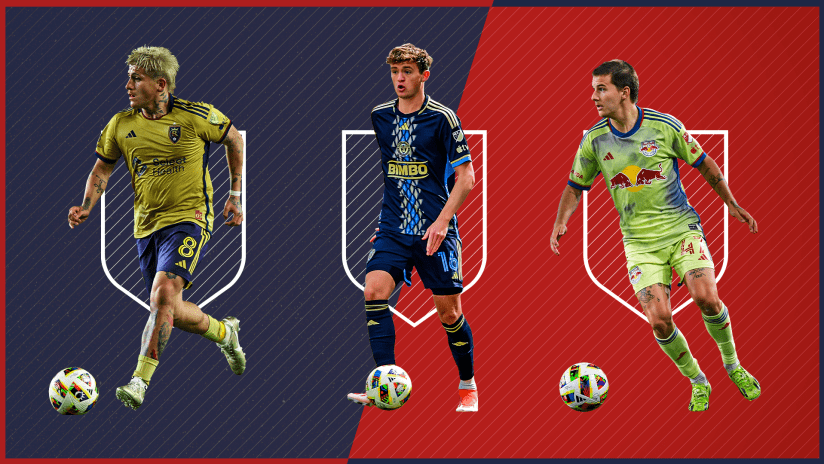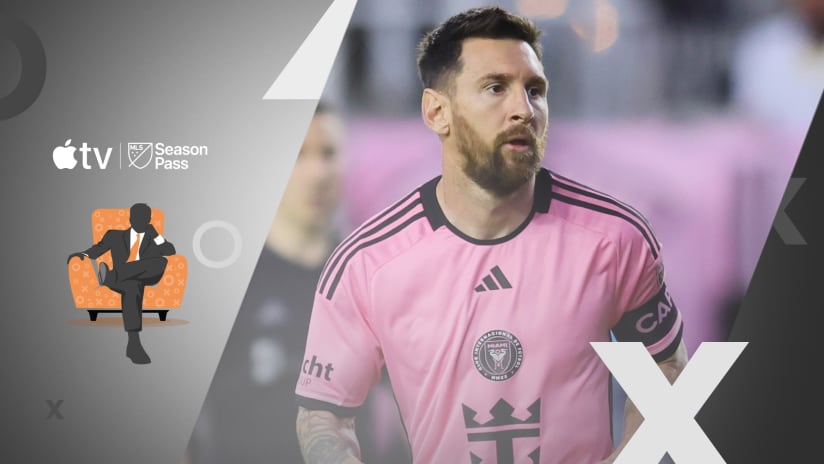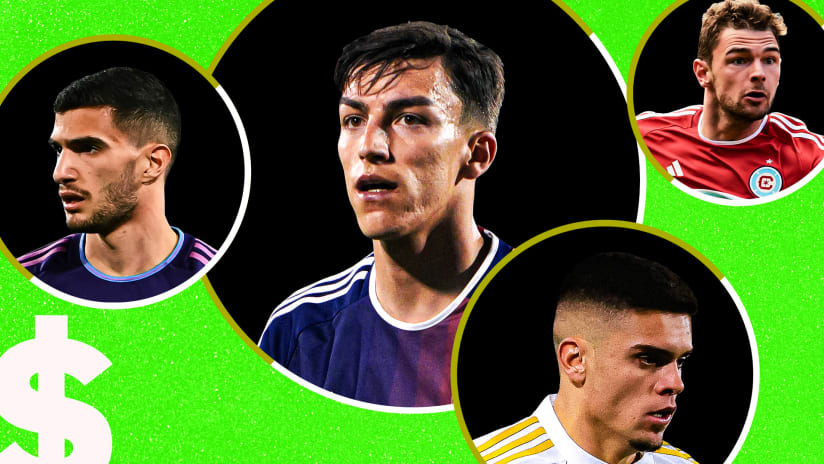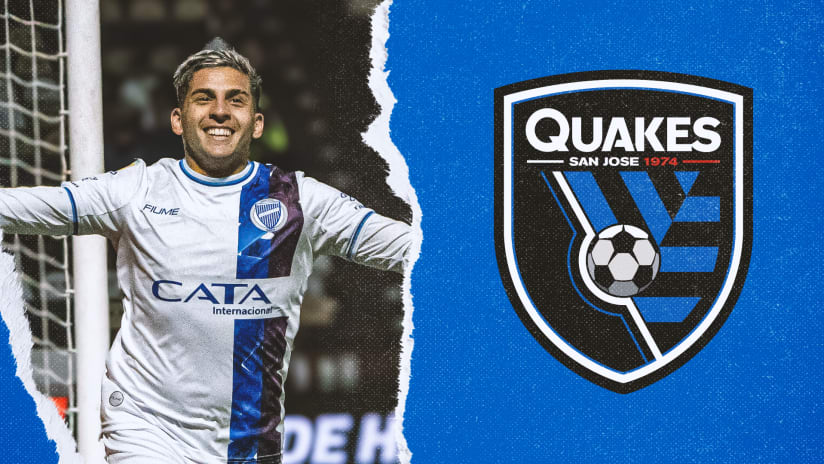Art by J McQuade- Futbol Artist Network | www.pjmcquade.com | @LandoMcQuade (Twitter)
There is no easy way to compare players in soccer. The game is too complex, and demands too much context - everything depends upon teammates and tactics, cohesion and chemistry. Not to mention whoever the opposition happens to be on any given day.
Was Maradona better than Pelé? I don't know.
Messi or Ronaldo? I mean, obviously Messi. But still, you can make a strong case for Ronaldo, and I won't call you stupid until you're safely out of earshot.
How about Michael Bradley or Kyle Beckerman? I wrote about them playing together for the US national team earlier this month, but here's one suggestion for those still trying to compare the two to decide who's better.
Just stop.
Understanding Kyle Beckerman
Beckerman has been as overlooked as he's been steady, despite the fact that he came into the collective consciousness of fans of U.S. Soccer and MLS with the 1999 Bradenton class – that first class, the one that helped build Landon Donovan, DaMarcus Beasley and Oguchi Onyewu. Somebody recognized Beckerman's abilities right away, even if it took the hoi polloi about a decade to jump on the bus.
Unlike his more celebrated classmates, Beckerman didn't have any one outstanding, easy-to-see trait. Donovan had his blazing speed and ability to hit the last pass; Beasley his elusiveness and left foot; for Onyewu it was size and athleticism.
Beckerman? Oh, he was just in the right place at the right time a lot. And sure, he didn't give the ball away – but anyone can do that, right? Somebody bigger, stronger, faster and more technical, someone with more panache, will come along and fill that role.
Lots of folks are still waiting, because it's not easy to do what Beckerman does. And now that Jurgen Klinsmann has bought into it, USMNT fans are beginning to understand what RSL fans have known for almost a decade: it's good to have someone steady and mistake-free playing the role of the defensive midfielder.
That is Beckerman's job, first and foremost. Shield the backline, recover the ball, and start the string of possession, or – if a lane is open – the attack.
When the opportunity to hit a telling pass is there, Beckerman can find the right touch. Like he did in last year's MLS Cup:
But that's almost beside the point. Beckerman is best known for making a lot of passes, and making them accurately – the two principles upon which RSL's success is predicated.
The numbers bear this out: His passing accuracy hasn't slid lower than 83 percent for any single season as far back as the Opta data goes. He's been in the top three in the league in passes per 90 minutes during that duration. And he's always at or near the top of MLS in "usage rate" – the percent of his team's passes that he attempts. (Please do click that link and check out Tempo-Free Soccer, a must-read for anybody who's interested in analytics).
That's all true this year as well. Of particular note is that usage rate stat – at 22.1 percent, it's second in the league, 2.4 percent ahead of the guy in third, and 0.1 percent behind the leader (who we'll get to in just a minute).
Taken on their own, any one stat is almost certain to be misleading. Combined, however, those three should give you a pretty good idea of both the type of player Beckerman is, and how he's been used in Utah.
Understanding Michael Bradley
Usage rate means different things to Toronto FC and RSL. The Reds, to put it simply, aren't particularly interested in possession. Bradley called it an "overrated" stat a few weeks back, and while I'd quibble with his wording, I think I agree with his meaning. Possession, in and of itself, isn't a smooth path to points unless it becomes useful possession. And for a team that has many disparate parts and little on-field chemistry (so far), trying to copy the likes of RSL or LA isn't a virtue.
To that effect, Bradley leads the league in usage rate at 22.2 percent, but makes just 45 passes per 90. Beckerman makes 75.
In other words: TFC are much more dangerous making the game frenetic, trying to coax the opposition into sending one too many men forward or attempting one too many daring passes, then hitting on the break. And that's where Bradley comes in.
He covers incredible amounts of ground defensively, and is particularly adept at being the second man into a challenge – the guy whose blind-side pressure forces the turnover, or recovers the loose ball after someone else has forced a turnover. That is Toronto's best weapon, and they've built their scheme around it just as RSL have built theirs around Beckerman's steadiness from deep in central midfield.
- MLS Insider: Bradley, Defoe and rebuilding Toronto FC
If you'd watched Bradley as a teenager for the MetroStars in 2005, a facility for that kind of play would not at all surprise you. He played as a central midfielder who tended toward defensive duties and, it seemed, that would be the path for his career.
Until recently, it more than just "seemed" to be the path of his career - it was the path of his career. Yes, he had a very nice goal-scoring run in the Eredivisie as a box-to-box midfielder who provided third runs into the box, but upon his move to the Bundesliga and then Serie A, Bradley became a metronome. Each team tasked him primarily with circulating the ball, protecting the backline and generally doing the dirty work. He wasn't the focal point, but the force magnifier who could make the offensive fulcrum function more efficiently by always providing an outlet.
It wasn't perfectly analogous to what Beckerman's done with RSL for the better part of a decade, since pretty much nobody in Europe plays a diamond midfield. But it was close.
That has now changed in Toronto, which is one of the reasons that any "compare and contrast" between Bradley and Beckerman is moot. Bradley is the attacking hub of the Reds, the main playmaker and ball-circulator. He's a one-man high press when he needs to be, and drops back to provide a second shield for the central defense when TFC is pinned.
The goal is to get him in position to hit passes like this:
If you'd watched Bradley as a teenager for the MetroStars in 2005, a facility for that kind of play would positively shock you. "Chance creator" wasn't something that a lot of people saw in his future.
But it's something everyone can see in his present. And it means that US fans, at least, can stop thinking about how Bradley and Beckerman compare to one another, and instead about how they might complement one another this summer in Brazil.














